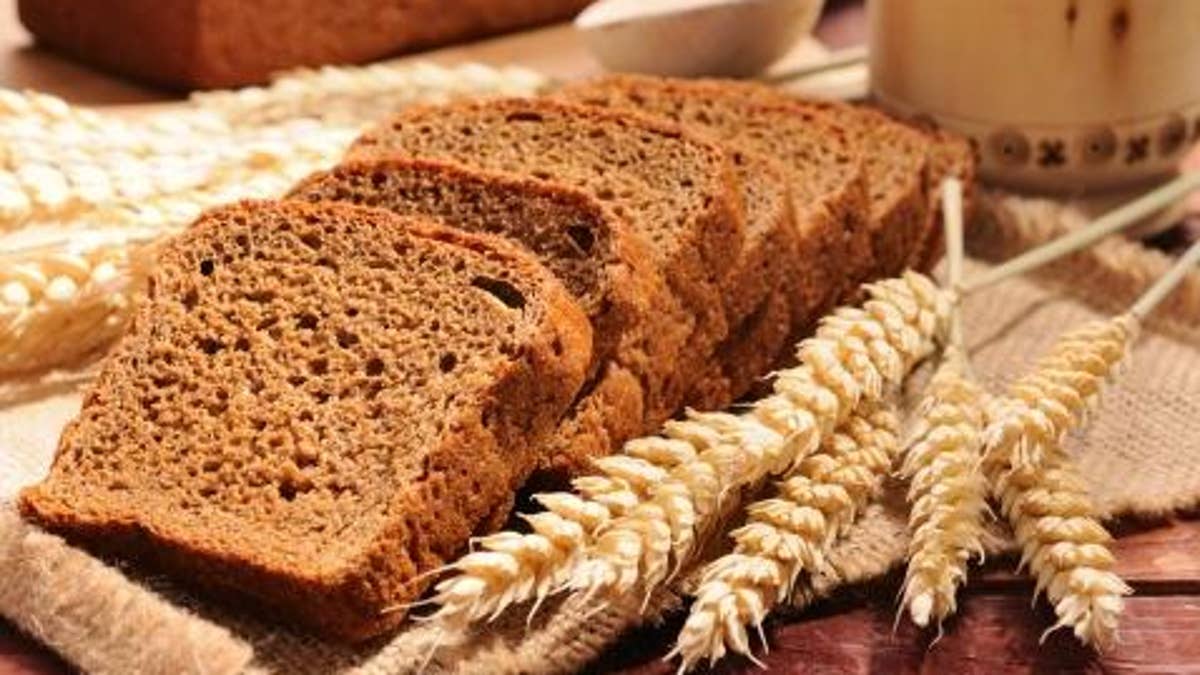
Repeat after me: “Make half of your grains whole.” According to the 2010 Dietary Guidelines all Americans age nine and up should be eating plenty more whole grains.
High in fiber, vitamins, and minerals, whole grains are a nutritional powerhouse to be sure. They can help reduce the risk of illness, including type-two diabetes, heart disease, and they can be helpful in lowering cholesterol. Not to mention that whole grains taste great served all kinds of ways.
Yet, most Americans eat less than one serving of whole grains a day. Some people steer clear of even the most common sources of whole grains, like brown rice and multigrain breads and pastas, thinking they don’t taste as good as more highly processed versions. The truth is, most foods made with whole grain are hearty and delicious, and choosing these over refined grains makes it easy to meet your daily whole grains quota.
If you can’t tell one kind of grain from another you are not alone. Read on for some helpful hints:
What constitutes a whole grain? For a grain to qualify as a “whole” it must contain all three parts of the kernel: the endosperm, germ, and bran. Grains that are not 100 percent whole grain typically have the bran and the germ removed during the refining process, leaving only the endosperm intact. The problem is, when the bran and germ are missing, about 25 percent of the grain’s protein is lost, along with at least 17 key nutrients. A slice of processed white bread has a fraction of the nutrition as a slice of whole grain or multi grain bread.
How to know if it contains whole grains? Stroll down the supermarket cereal or bread aisle and you may be bewildered by the myriad of products that flag their use of grains. Just because a product says it contains grains does not mean it contains whole grains. There is a big difference between whole grain and whole wheat, and so too multigrain, bran, and organic wheat. One way to tell whether the flakes, crisps, or crackers in your cart are truly whole grain is to look for the Whole Grains Council stamp that assures the authentic use of whole grains.
However, not all whole grain products carry the seal, so you can also check the ingredients list and look for the words “100% whole wheat”, whole grain (including the name of the grain), whole wheat, oats, brown rice, or wheat berries. Keep in mind that products that list wheat, organic flour, multigrain, stoneground, or durum wheat on the label may be missing parts of the grain. Products that list enriched, bran or wheat germ are not considered whole grain products.
If the word “whole” is included in the first ingredient you can be confident that you are getting a whole grain product. If “whole” appears as or after the second ingredient then the product may only contain anywhere from one percent to 49 percent whole grains.
High fiber may not mean whole grain. A high-fiber cereal, cracker, or bread can be a very healthy choice, but the term “fiber” does not necessarily mean that a product contains whole grain. Different grains vary in their fiber content and many high-fiber products contain bran or other fiber-rich ingredients that are not whole grain.
Not all whole grains are created equal. Choose superior whole grain products whenever you can:
- Pearl Barley over Brown Rice Both are whole grains, however pearl barley contains more fiber, iron, potassium, and folate per serving. The switch to barley may only save you 10 calories per serving, but you also get an extra 4 grams of belly-filling fiber!
- Steel Cut Oats over Rolled Oats The difference between these popular whole grain breakfast options is in the processing. Rolled oats end up as thin flakes after processing, whereas steel cut oats form thick chopped pieces, which digest more slowly therefore leaving feeling more full for a longer period.
- 100% Whole Grain Bread over Whole Wheat Bread You are comparing two bread products: one contains“100% whole grain” and the other has “100% whole wheat.” Go with the one that lists whole grain as its first ingredient. Settle for “whole wheat” and you might miss out on the benefits whole grains provide, such as protein, healthy fiber, vitamins and minerals.
- Fiber One Honey Clusters over Honey Nut Cheerios While Honey Nut Cheerios contain whole grain, their sugar content is quite high and one serving only has a mere 2g of fiber per serving. Fiber One Honey Clusters are sweet using fewer grams of sugar and you get a hefty 13g of fiber per serving and 3g of protein. Lesson: Read the nutrition label to know exactly what a food offers.
- Ronzoni Healthy Harvest Pasta over Barilla Whole Grain Pasta Both brands boast whole grains, however Ronzoni provides almost double the amount of whole grains per serving due to the fact that it is made from 100 percent whole grains. Another plus: Ronzoni has a few more grams of protein per serving. Lesson: Enriched pasta packs more nutrition per bite. Again, read nutrition labels and compare.
Eating more fiber and whole grains can do wonders for weight loss and weight control. The easiest and most effective way to get more fiber and grains in your diet is to follow a specialized program with meal plans, shopping lists and recipes. My new book, The Miracle Carb Diet: Make Calories & Fat Disappear – with Fiber! offers all this in a lifestyle diet that lets you eat more, lose more and live more.
